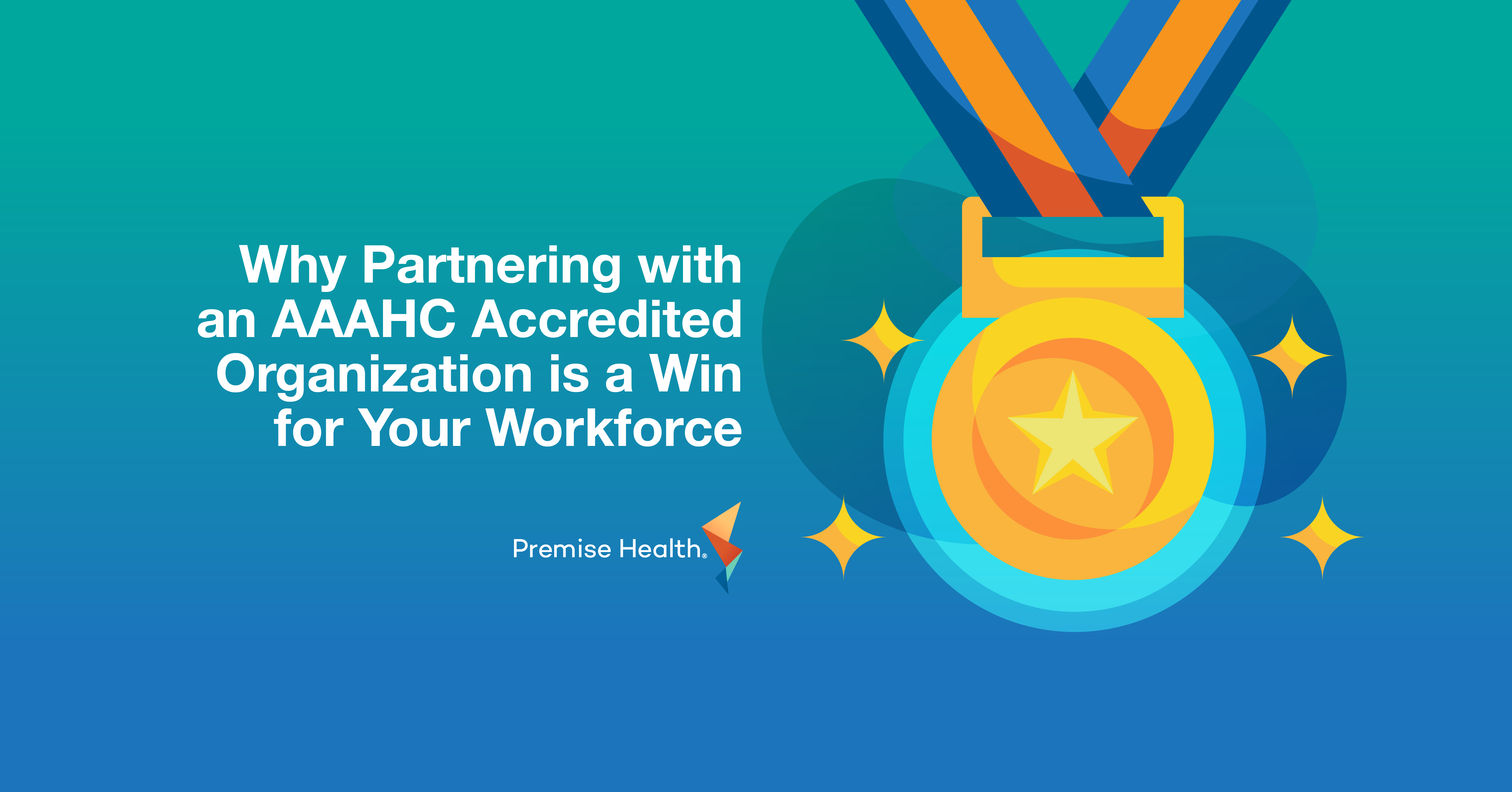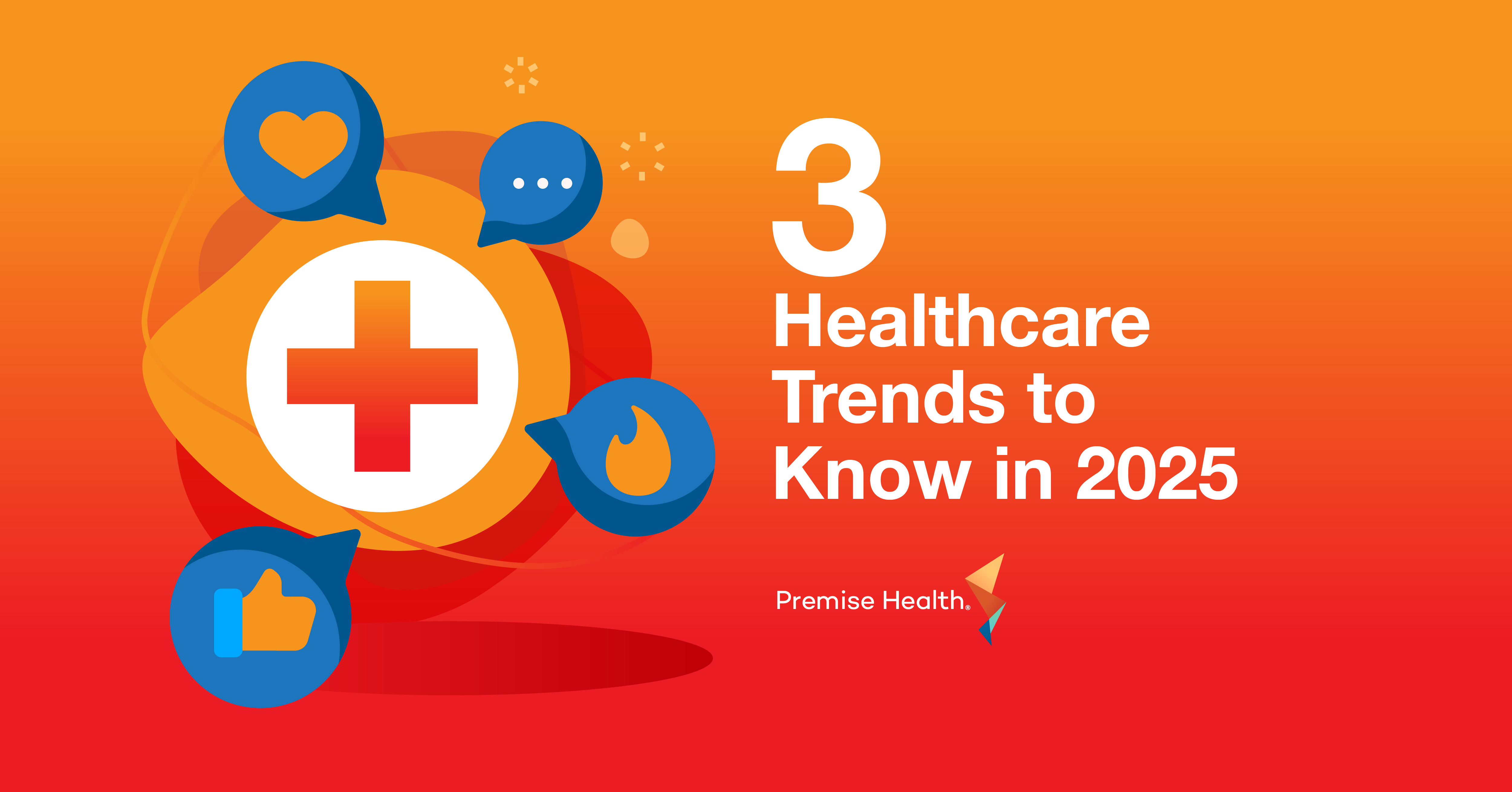How to Prevent OSHA’s Top 10 Most Frequently Cited Standards
Top ranking lists can be a great way for employers to promote their business, but one list many would prefer to avoid is OSHA’s annual top ten most frequently cited standards list. Although the list of standards typically doesn’t change much year-to-year, it can be a helpful tool and reminder for employers to address common workplace hazards. It also provides valuable insights into the areas of focus for OSHA, allowing employers to prioritize occupational health and safety activities based on their unique industries and settings.
Premise Health started working with occupational health clients in 1964, and since then has helped employers in over 95 industries reduce the risk of OSHA recordables and citations. Keep reading for our insights on the trends that topped last year’s list and how employers can avoid these common worksite missteps.
Fall Protection
Three spots on the standards list are related to fall protection, which commonly occur on construction sites where employees could fall off of elevated surfaces or wherever ladders are being used. Scaffolding is also a concern, posing a significant fall risk as an estimated 65% of the construction industry utilizes these tools regularly.
Prevention tactic: Regular safety rounding by occupational health providers are important to keep employees from being injured in a fall. Occupational health providers also partner with employees during post-offer or annual surveillance exams to understand their individual risks for falls due to personal health conditions such as epilepsy, diabetes, and reduced visual acuity. Employers can protect workers from falls with physical safeguards like guardrails and personal fall protection systems, along with proper training and safe work practices.
Hazard Communication
The second most frequently cited standard on the list is hazard communication. OSHA’s Hazard Communication Standard requires workplaces with hazardous chemicals to train exposed workers to handle them appropriately, ensure everything is labeled, and provide Safety Data Sheets (SDS).
Prevention tactic: Occupational health providers can share hazard communication resources to be used in conjunction with your organization’s policies and procedures. This helps protect both your employees and your organization, while avoiding costly citations. Occupational health providers stationed in the workplace can also provide timely, medically appropriate care according to the recommendations of the SDS if or when exposure occurs.
Personal Protective Equipment (PPE)
Masks and face coverings have been a big topic throughout the COVID-19 pandemic, so it’s no surprise standards related to PPE made a few appearances on the top ten citations list for 2020.
PPE like respiratory, eye, and face protection are important across industries to protect from COVID-19, the inhalation of hazardous materials, or to prevent eye injuries from heat, chemicals, dust, and more.
Prevention tactic: Citations for PPE can easily be avoided by providing and maintaining the correct type of eyewear, face protection, or respiratory protection for your worksite. Occupational health providers are experienced in managing OSHA’s requirements for a respiratory protection program and are your first line of evaluation and treatment on the jobsite, including medical clearance to wear a respirator and fit testing. Should an employee get injured due to not wearing the correct equipment, occupational health providers are your first line of evaluation and treatment on the jobsite. They can triage injuries and make medical assessments to ensure employees get the right care.
Mechanical
Standards related to machines and equipment nabbed two spots on the 2020 list, and are especially prevalent in industries such as construction, agriculture, and maritime.
OSHA requires machinery to have safeguards or lockout/tagout systems to keep employees safe from injuries such as crushed appendages, amputations, burns, or blindness. Safety concerns can also be alleviated with devices that disable machines or physical barriers on the machines.
Prevention tactic: Occupational health nurses can help evaluate job sites for potential danger by observing employees as they work to proactively identify mechanical hazards before they result in serious injury. They can also support productivity by providing medically appropriate care and case management to accommodate any work restrictions to get workers back to the job sooner.
Powered Industrial Trucks
Citations related to powered industrial trucks, such as forklifts or lift trucks, round out OSHA’s list. These powerful machines can be hazardous due to untrained operators, poorly designed warehouses, or unmaintained machinery.
Prevention tactic: Safety barriers, up-to-date training, and regularly maintained vehicles can protect workers while operating lift trucks. An onsite occupational health provider will know the ins and outs of your organization, making them a valuable resource when recommending how to maintain optimal employee health and safety.
Despite any employer’s best efforts, workers will inevitably get injured at work, which is why staying up to date with OSHA’s top cited standards is crucial. Keeping up with safety standards and avoiding OSHA citations can be overwhelming, but Premise Health and our occupational health providers are here to help by designing tailored programs to protect the health and safety of your workforce.
Let us help you create a safer, healthier workplace for your employees. Contact us.
Next on industry insights.

How to Futureproof Your Healthcare Benefits
Read the Blog
Why Partnering with an AAAHC Accredited Organization is a Win for Your Workforce
Read the Blog